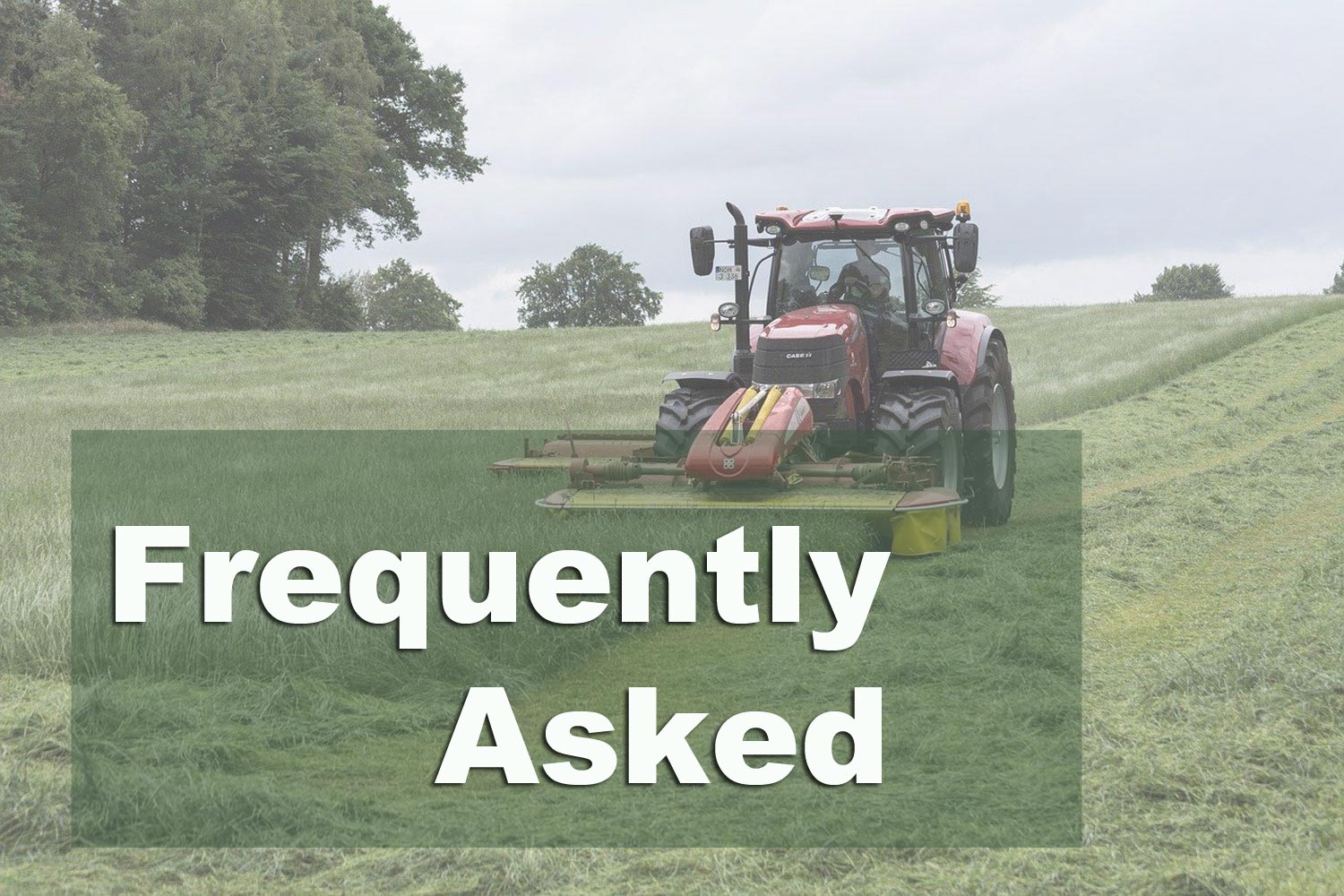
Storage
Storage is very important and a cool airy and dark place is the best with good fresh air circulation. Plastic storage containers like dustbins are not a good idea unless the lid is has a gap to help the air circulate, a warm damp environment will assist in the formation of mold and encourage bugs. To be on the safe side we recommend you buy smaller amounts more often and suggest our hay should be used within two months of purchase. Very occasionally the hay may feel damp this happens when its been packed on a foggy damp day, there’s no harm in this just open and keep in a warm room for a couple of hours.
Dust Free?
The fundamental basis of our business is supplying quality forage that has the dust removed. Something that is often claimed but often just a sales line.
We started this business based on our unique dust removal process that over the years we have learnt to make more efficient, we don’t think anyone else removes dust like we do, indeed most have no dust removal process at all and is sold out as it had come off the field. You should know it’s the very fine dust that you may only see in a shaft of sunlight that is the real danger affecting both animal and keeper, an animal in an enclosed space has little choice except to breathe this in.
Growing and Haymaking
Hay is usually grown just once a year, June or July is the best time when we hope there’s going to be a hot dry spell for the fields to be mown. Its naturaly grown, no pesticides and herbicides are used, often you will find flowers, cow parsley and other herbage dried during the haymaking process this is testament to the organic based regime it has been grown under. it will take about three days of constant turning to make sure every last bit has had its share of the hot sun. When it is dry enough, around 10% moisture content it’s ready to be baled up, usually in very large round or square bales, this is the modern way and is much less labour intensive. Its then carted to the barn where it’s stored ready to be used over the next 12 months.
Not Eating
Rabbits are renowned to be fussy eaters and very occasionally animals will not eat the hay, it’s impossible to guarantee this and although understandable to think there is something wrong with it there may just be a simple explanation, hay from different fields/suppliers etc will have a different taste or smell to the previous batch as its always changing and usually just need time to get used to it. Of course your animal may just be of its food
How Much in the Packs?
You might be surprised just how much there is in our bales once you have emptied it out, a small bale will easily fill an 80 litre household dustbin and weigh around 2kg while Large bales are about 7kg. Straw is slightly lighter but the same volume, its best illustrated in the videos on the cart pages showing the contents being emptied out. We suggest you cut the bag rather than pull it out as this can lead to tearing the hay into smaller lengths.
